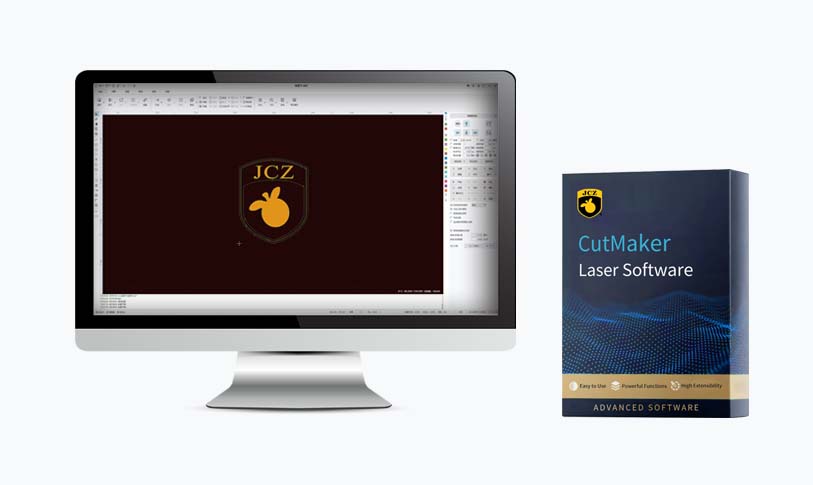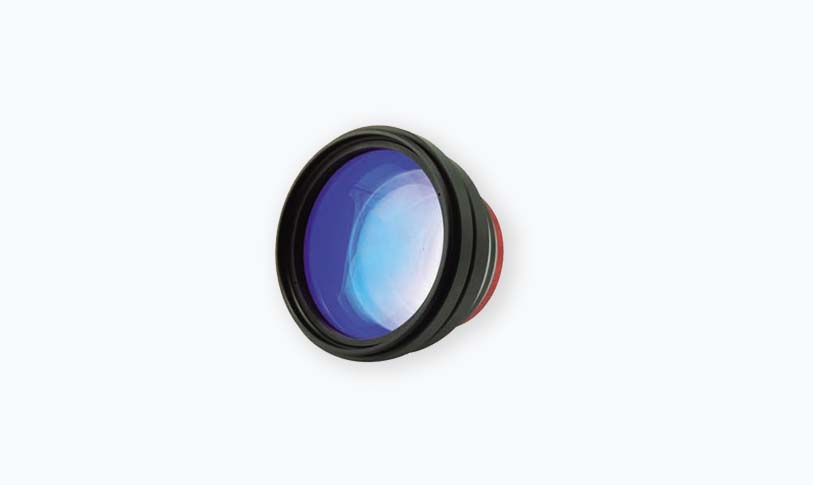CO2 lasers have emerged as one of the most versatile and widely-used laser technologies in various fields, including medical, industrial, and aesthetic applications. From cutting and engraving materials to performing intricate surgical procedures, the effectiveness of CO2 lasers often brings to the forefront questions about their costs. This article provides a comprehensive overview of CO2 laser costs, exploring the various factors that affect pricing, potential budget requirements, and long-term investments involved in adopting this technology.
What is a CO2 Laser?
A CO2 laser is a type of gas laser that emits a wavelength of infrared light, primarily using carbon dioxide as the active medium. These lasers are particularly effective for cutting, engraving, and marking organic materials like wood, plastic, and textiles, as well as for medical applications such as skin resurfacing and surgical procedures. Understanding the use of CO2 lasers is crucial when considering the costs associated with acquiring and operating them.
The Price Range of CO2 Lasers
The cost of CO2 lasers can vary significantly based on several factors. Generally, you can expect to find CO2 laser systems priced anywhere from a few hundred dollars for basic, small-scale models to tens of thousands for high-end or industrial-grade systems. A budget of approximately $2,000 to $40,000 covers a variety of options, but understanding the specific needs of your application is essential when determining the right investment.
1. **Entry-Level CO2 Lasers:** These systems are generally less expensive and suitable for small businesses, hobbyists, and residential users. Prices typically range between $500 to $3,000. These lasers are adequate for basic cutting and engraving tasks and often come with limited power and speed.
2. **Mid-Range CO2 Lasers:** For those seeking more advanced functionality, such as larger work areas and higher precision, mid-range laser systems priced between $3,000 to $10,000 can be appropriate. These lasers are ideal for small to medium enterprises looking to expand their capabilities without excessive upfront investment.
3. **Industrial-Grade CO2 Lasers:** These high-end systems can range from $10,000 to $50,000 or more depending on their features. Industrial-grade CO2 lasers are equipped with advanced functionalities, higher power outputs, and larger cutting areas, making them suitable for large production environments or specialized applications.
Factors Influencing CO2 Laser Cost
Several critical factors contribute to the overall cost of CO2 lasers:
**1. Power Output:** The power output of a CO2 laser, typically measured in watts, directly correlates with its cutting speed and capability. Higher wattage systems can command higher prices.

Understanding the Costs Associated with CO2 Lasers: A Comprehensive Guide to Prices, Factors, and Budgeting for Your Laser Needs
**2. Size and Build Quality:** The physical dimensions of the laser machine and its construction quality can affect pricing. Larger machines with robust build quality may be more expensive due to their capabilities and durability over time.
**3. Brand and Manufacturer:** Established brands with a proven track record often charge more due to their reputation for quality, reliability, and customer support.
**4. Features and Accessories:** Additional functionalities such as advanced cooling systems, enhanced software options, and compatibility with various materials can raise costs significantly.
Budgeting for CO2 Laser Operations

Understanding the Costs Associated with CO2 Lasers: A Comprehensive Guide to Prices, Factors, and Budgeting for Your Laser Needs
Acquiring a CO2 laser is just the first step; understanding ongoing operational costs is equally important. Here are some factors to consider when budgeting:
**1. Maintenance Costs:** Regular maintenance is essential for the longevity and efficiency of a CO2 laser. Annual servicing or replacement of consumables, such as lenses and mirrors, will incur additional costs.
**2. Energy Consumption:** CO2 lasers can consume significant amounts of electricity. Understanding the power requirements helps in estimating monthly operational costs.
**3. Training and Labor:** If your application requires skilled operators, factor in the costs of training or hiring specialized personnel.

Understanding the Costs Associated with CO2 Lasers: A Comprehensive Guide to Prices, Factors, and Budgeting for Your Laser Needs
**4. Material Costs:** Depending on your applications, the cost of materials for cutting or engraving will contribute to overall expenses.
Conclusion
Investing in a CO2 laser can be a significant financial commitment, but with careful consideration and understanding of the associated costs, it can lead to rewarding business opportunities or personal projects. Evaluating your specific needs, potential usage, and budget can help you make an informed decision when selecting a CO2 laser system that aligns with your objectives. Whether for industrial use, artistic endeavors, or medical applications, being well-informed about CO2 laser costs ensures that you choose the right system that fits your financial and operational requirements.3d modeling software printing



